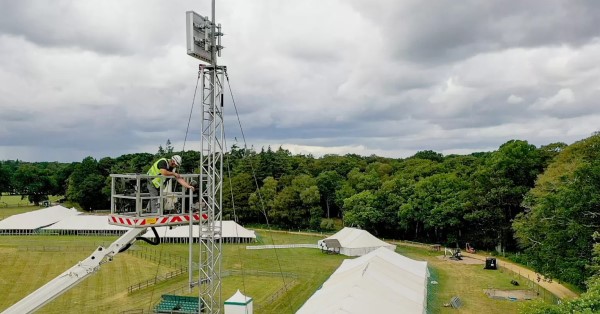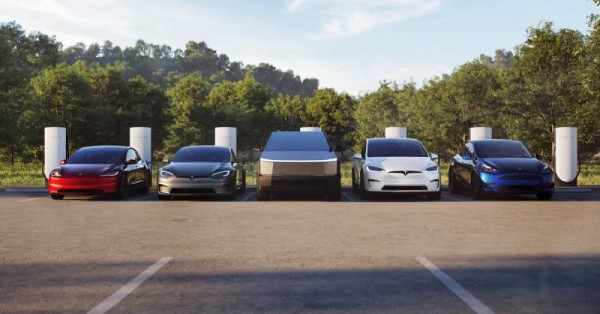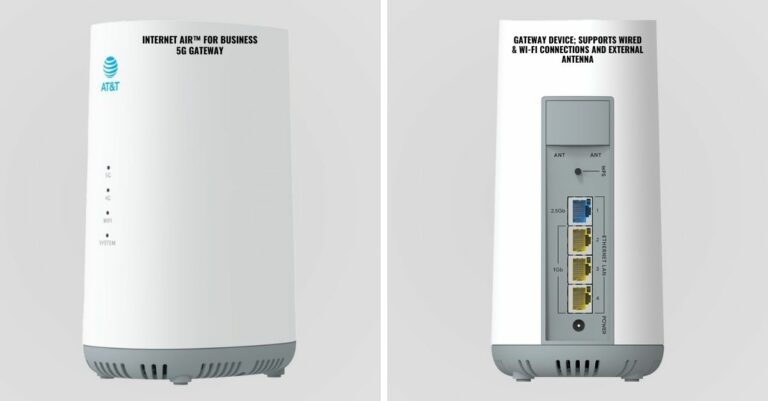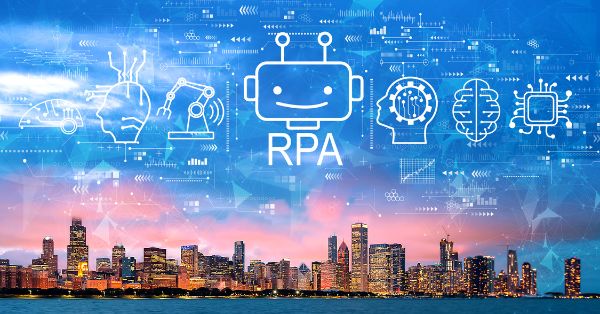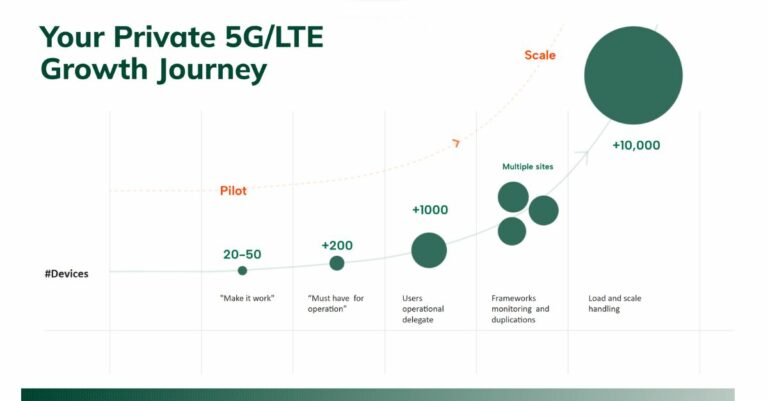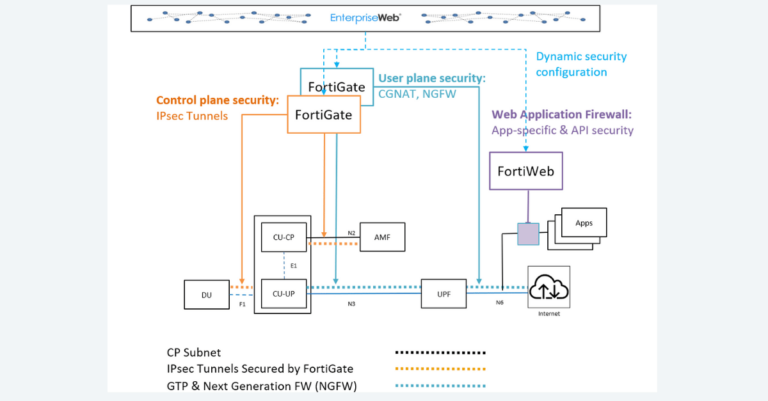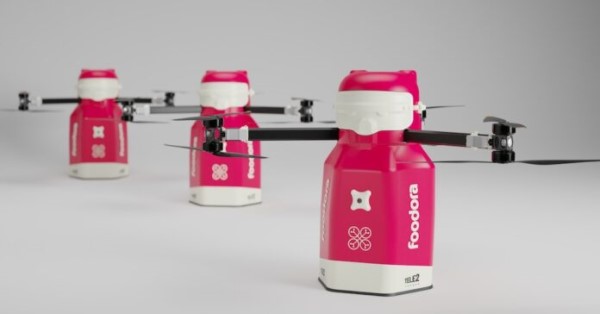- All
- 5G
- 6G
- AI
- API
- AR
- Assurance
- Automation
- Blockchain
- Edge/MEC
- FWA
- IoT
- Metaverse
- Monetization
- Network Infra
- Network Slicing
- Open RAN
- Orchestration
- OSS-BSS
- Predictions
- Private Networks
- RAN
- SASE
- Satellite & NTN
- SDN-NFV
- Security
- Sustainability
- Telco Cloud
- Testing & QA
- Towers & Cells
- VR








































